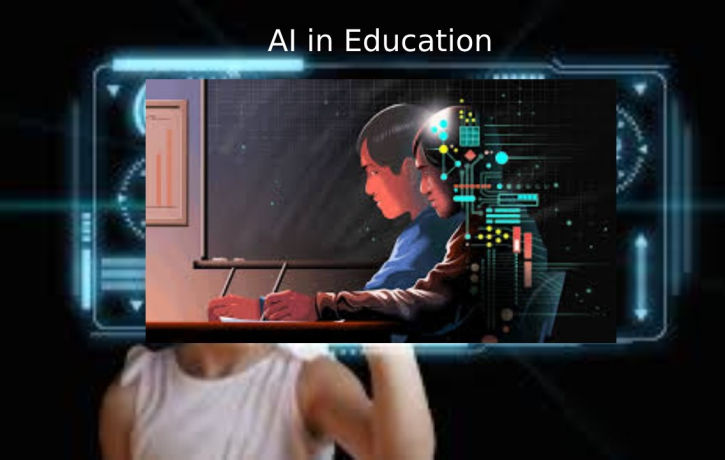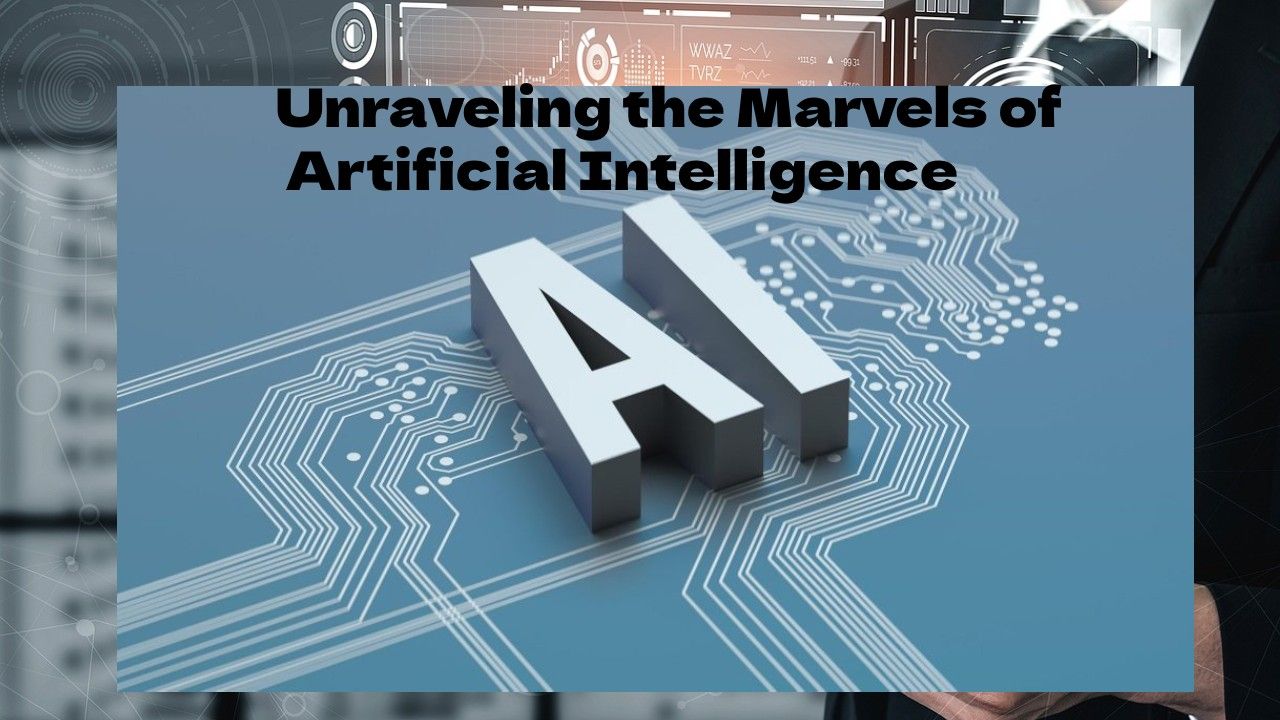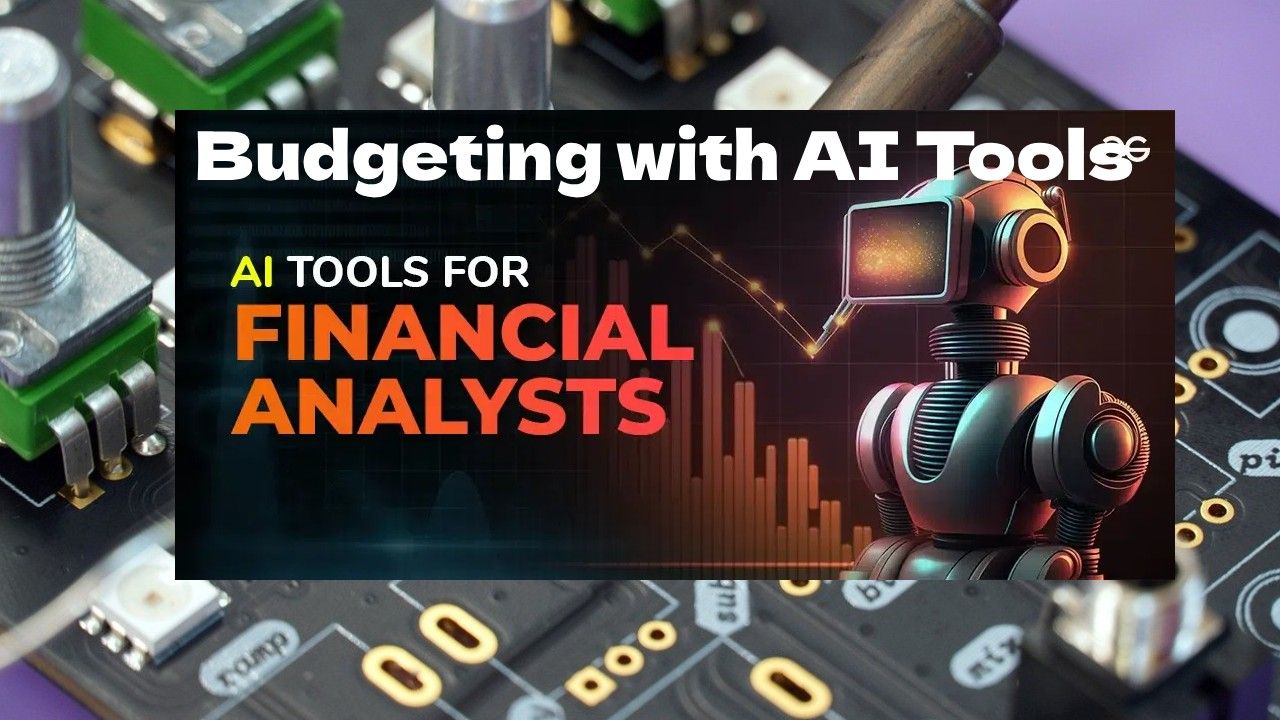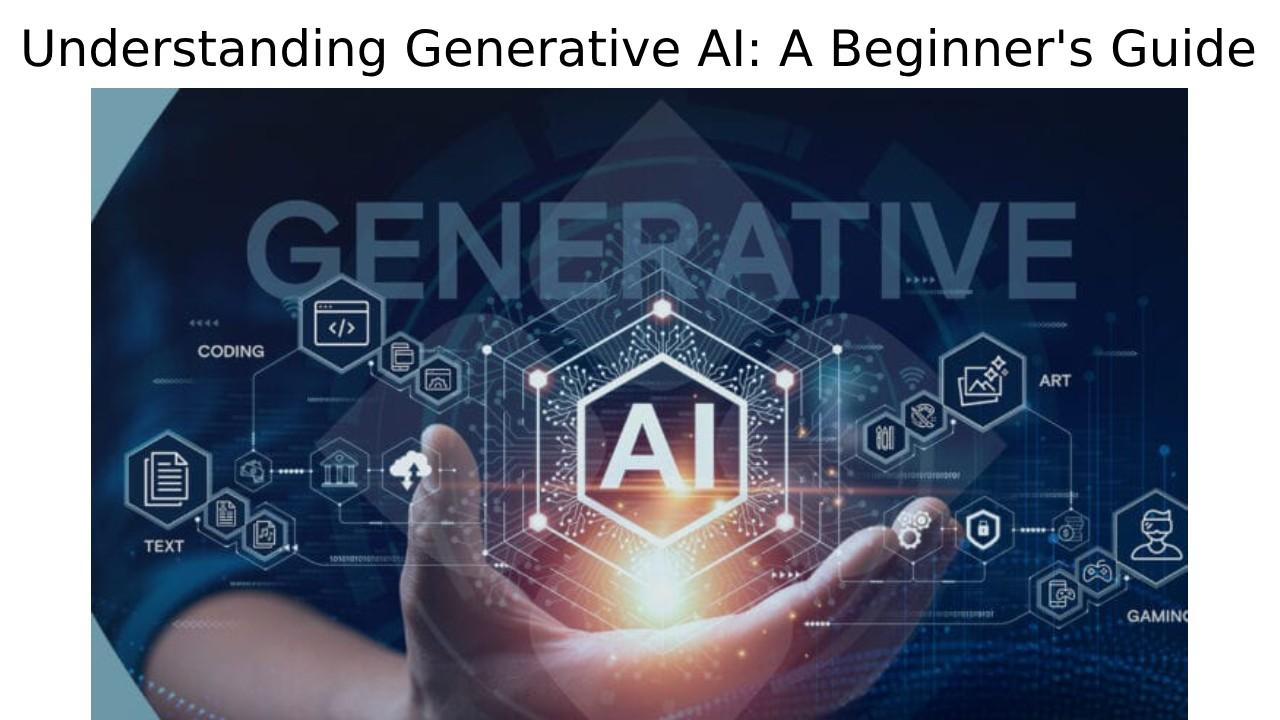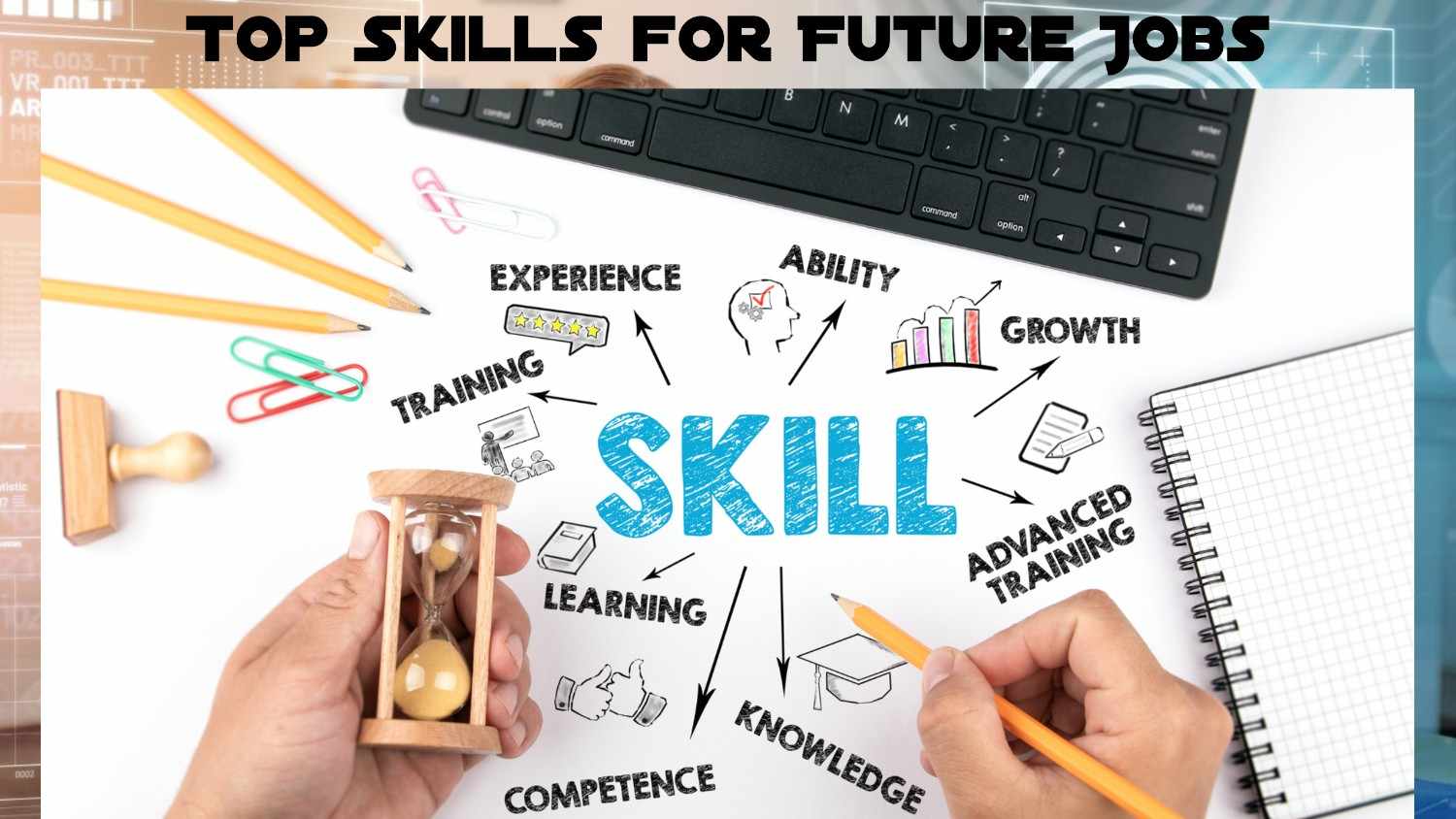Introduction
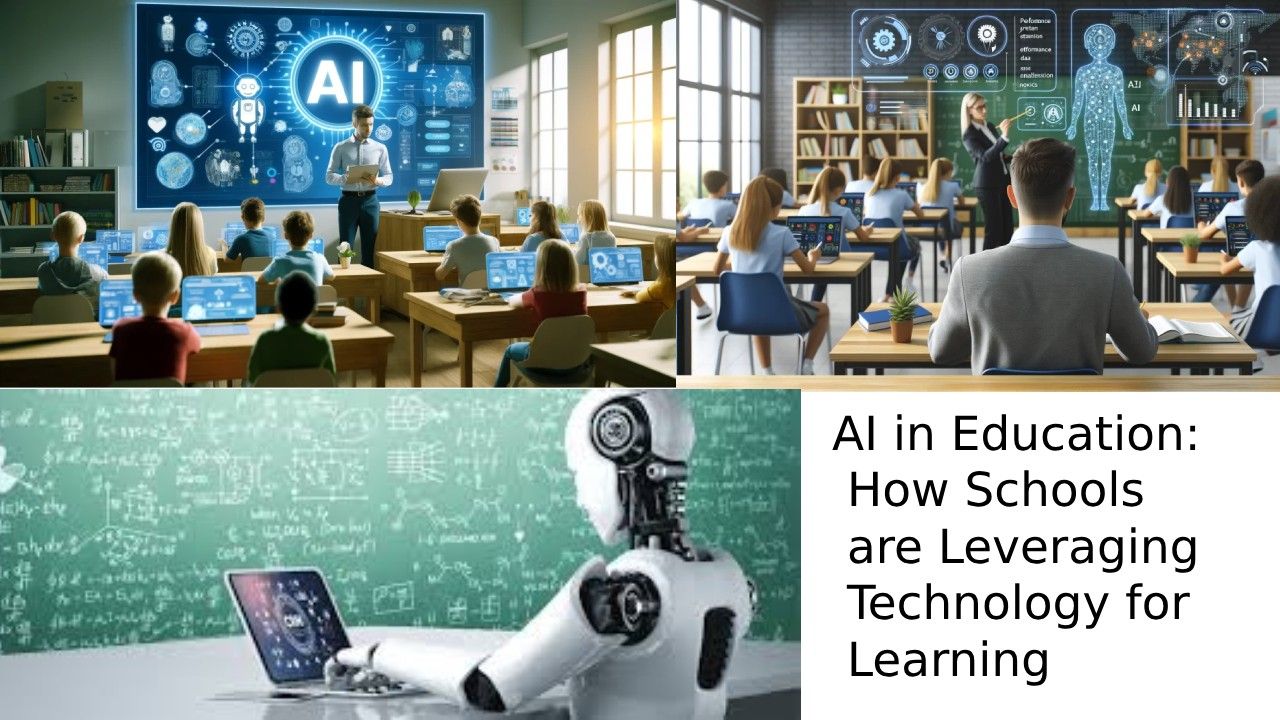
Technology is rapidly changing every aspect of life, from banking to communication. Education, not an exception, is getting its own share of disruption with artificial intelligence (AI). It changes the way of student learning and how instructors teach. What does AI add to the classroom, though, and how are schools putting it to work? Read on to find out.
Definition of AI in Education
What is AI in Education?
AI in education means using artificial intelligence technology to facilitate teaching and learning. The adaptive learning systems include virtual tutors and analytics powered by AI.
Adaptive Learning Systems: Evolution of AI Technology
Adaptive learning uses AI to customize the learning process for each learner. An adaptive learning platform adjusts its content difficulty and style, providing real-time feedback to progress, based on a learner’s strengths and weaknesses.
Benefits of AI in Education
Personalization at Scale
AI allows schools to personalize education to the needs of individual learners. For example, if students are weak in math, they can be given additional exercises and advanced learners can be provided with more challenging problems within the same classroom.
Increasing the Productivity of Teachers
AI automates tasks like grading and attendance tracking. Teachers can then focus on mentorship and teaching, thereby maximizing their time with students.
Supporting Diverse Needs
AI-based tools, such as speech-to-text software and screen readers, aid students with disabilities. AI analytics also track the learning gaps that help teachers correct inequalities.
AI-Powered Tools Revolutionizing Classrooms
Smart Learning Platforms
Khan Academy and Coursera use AI to personalize learning. They track the progress of students and suggest resources to fill knowledge gaps.
Virtual Tutors and Chatbots
The AI tutor can provide assistance 24/7 and help in cracking difficult concepts or completing homework. Chatbots also facilitate increased engagement by answering queries instantly.
AI in Content Development and Grading
Teachers can create quizzes and assignments and use AI to grade them. It saves them hours of manual effort.
Applications of AI Beyond the Classroom
Career Counseling and Guidance
The AI tools assess the student’s interest, strength, and academic records and provide recommendations for their suitable career.
Predictive Analytics for Student Performance
Using insights gleaned from data, AI can even anticipate how some students could fare poor in academics so remedial work can be done at earlier stages before it worsens the fate.
Challenges on Using AI in Schools
Data Safety
Student school files comprise sensitive information as far as personal details are involved. Adequate measures ought to protect such information.
In accessibility, not all academic institutions acquire AI tools just as accessibility is not all, with such disparities in existence.
Balancing Human Interaction and AI
While AI enhances efficiency, it’s vital to maintain the human element in education. The teacher-student relationship remains irreplaceable in fostering emotional and social growth.
The Future of AI in Education
Innovations on the Horizon
Emerging technologies like augmented reality (AR) combined with AI promise immersive learning experiences. Imagine students exploring ancient ruins in a history class through virtual reality guided by AI.
Long-Term Impact on Education Systems
It reads learners about being prepared for the type of workforce that AI brings around-the-corner, as far as interaction and proper utility utilization go.
Conclusion
As of now, AI will redefine how education is taught: personalization, efficiency, and accessibility. Data privacy as well as accessibility is currently challenging, but with numerous positive benefits, schools take these things in stride to come forth with a future shining ahead because people who learn will have managed all the challenges the modern world has to throw them way.

